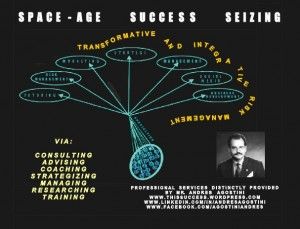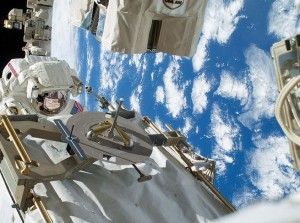Feb 5, 2014
The Future of Scientific Management, Today!
Posted by Andres Agostini in categories: 3D printing, asteroid/comet impacts, automation, big data, biological, bionic, bioprinting, biotech/medical, bitcoin, business, chemistry, climatology, complex systems, computing, cosmology, counterterrorism, cyborgs, defense, driverless cars, drones, economics, education, energy, engineering, entertainment, environmental, ethics, events, existential risks, exoskeleton, finance, food, fun, futurism, general relativity, genetics, geopolitics, government, habitats, hardware, health, information science, innovation, law, law enforcement, life extension, lifeboat, military, mobile phones, nanotechnology, neuroscience, nuclear energy, nuclear weapons, open access, philosophy, physics, policy, posthumanism, privacy, robotics/AI, science, scientific freedom, security, singularity, space, space travel, supercomputing, surveillance, sustainability, time travel, transhumanism, transparency, transportation, treaties, water
FEBRUARY 06/2014 UPDATES [LIST]. By Mr. Andres Agostini at The Future of Scientific Management, Today! At http://lnkd.in/bYP2nDC
Faraway Planets May Be Far Better for Life http://www.scientificamerican.com/podcast/episode/superhabitable-planets/?utm_source=feedburner&utm_medium=feed&utm_campaign=Feed:+sciam/space+%28Topic:+Space%29
Six Trends That Will Shape Consumer Behavior This Year http://www.forbes.com/sites/onmarketing/2014/02/04/six-trend…this-year/
Continue reading “The Future of Scientific Management, Today!” »

 By
By 








